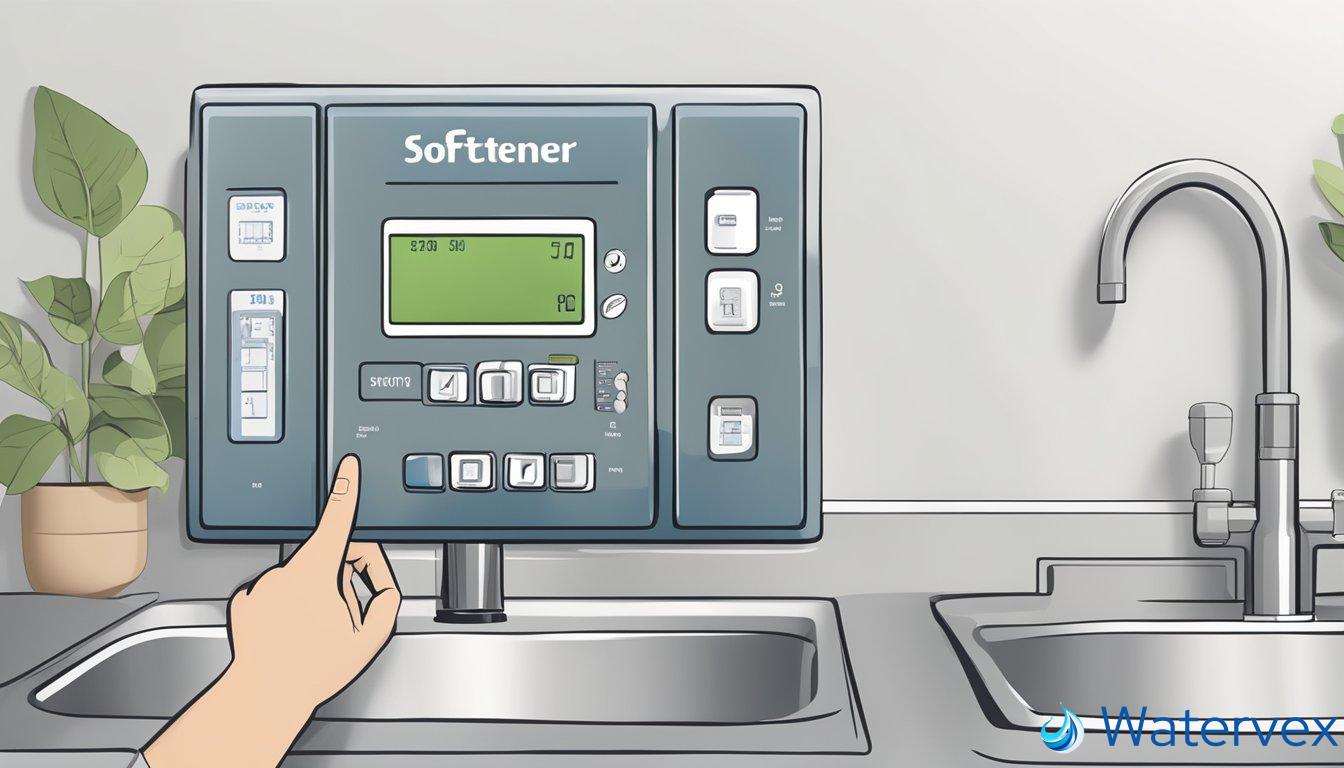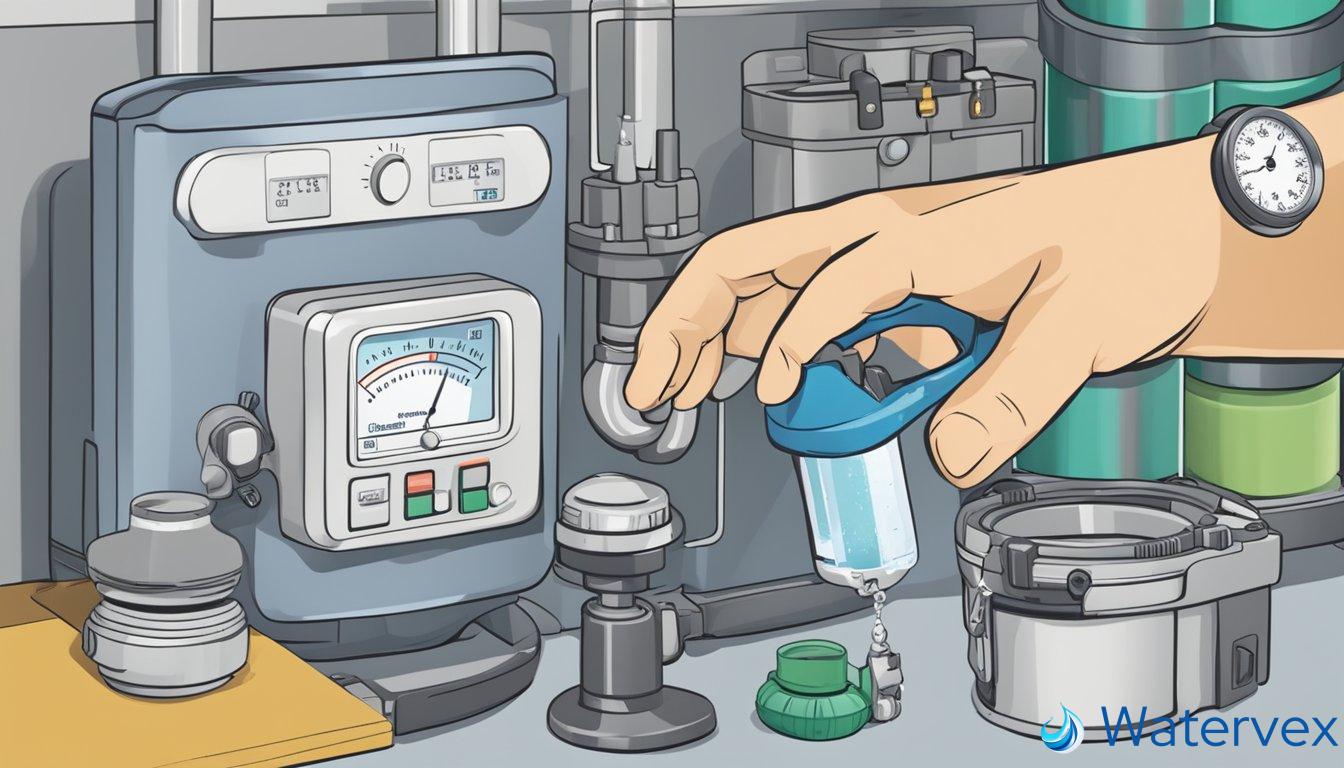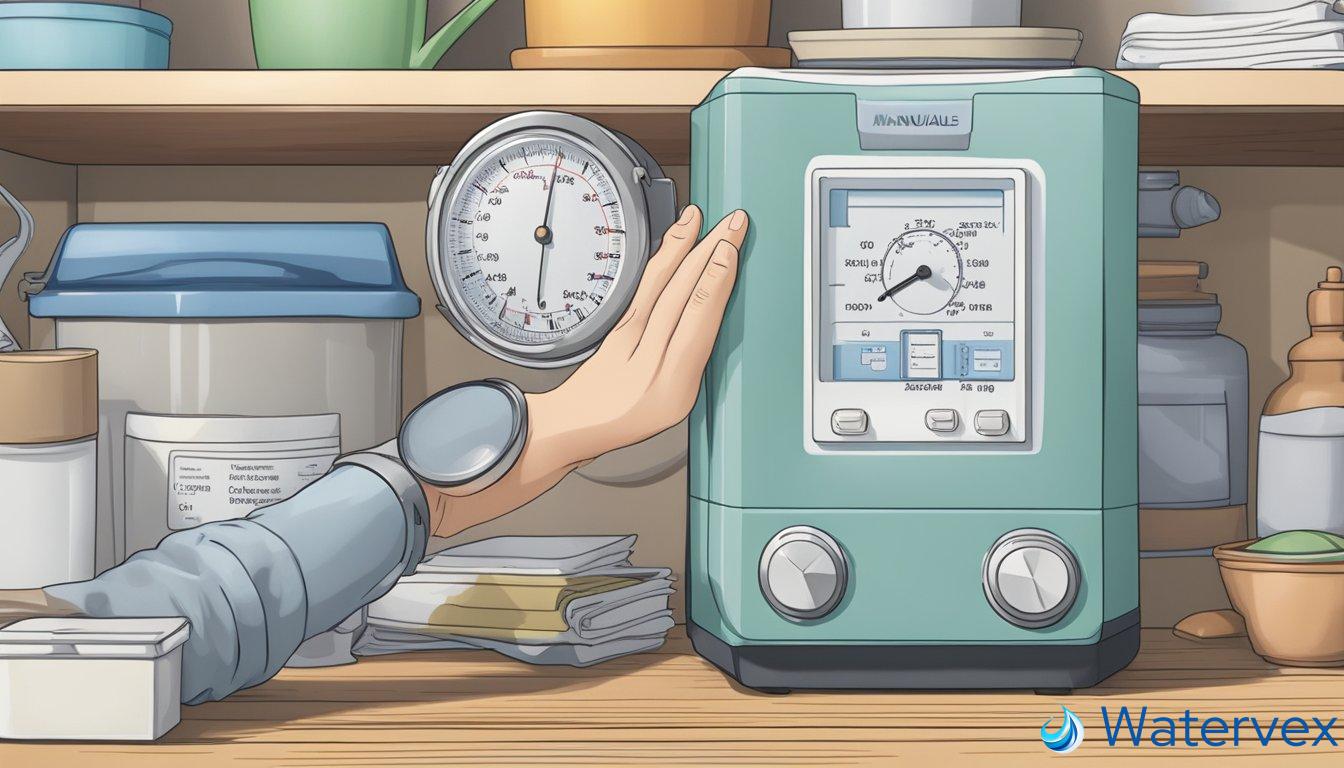Managing the quality of your home’s water supply is crucial, and when it comes to softening hard water, a water softener system plays a pivotal role. One essential component is the timer, which dictates the frequency of regeneration cycles—integral to maintaining the efficiency of your softener. Understanding how to manipulate your water softener timer is vital, not only for peak functionality but also for the longevity of your unit. Learning how to set these timers properly ensures that the resin beads in your softener are regenerated timely to continue removing calcium, magnesium, and other minerals that harden your water.

When it comes to programming your water softener timer, precise guidelines vary from model to model. Yet, the fundamental principle remains: setting the timer correctly can lead to substantial benefits such as improved detergent efficacy, soap performance, and even softer skin. Properly scheduled regeneration cycles also prolong the life of your water system and help in delivering safe, palatable drinking water. Conversely, troubleshooting common timer issues could prevent potential disruptions. The key to mastering this aspect of your water system lies in accessing and utilizing the appropriate owner’s manual. Within these manuals, you’ll find unique insights corresponding to your specific model, whether your system is designed with an advanced electronic interface or operates with a standard electromechanical dial.
Key Takeaways
- Knowing how to program your water softener’s timer can enhance water quality and appliance longevity.
- Accurate timer settings result in better performance of soaps and detergents, contributing to softer skin and cleaner clothes.
- Consult your system’s manual for specific instructions tailored to your water softener model.
Programming Your Water Softener Timer
Programming your water softener timer is a straightforward process, but it’s important to understand each step to ensure your water softener works efficiently. This will maintain the quality of your water and extend the lifespan of your appliances.
Understanding Timer Settings
Your water softener’s timer is key to its operation, determining when and how often your system will regenerate. Familiarize yourself with the timer’s dial or digital interface, which will likely have a clock and settings to adjust the regeneration schedule.
Setting the Regeneration Cycle
To set the regeneration cycle, you will typically need to manually rotate the dial to select a specific time—often during low water usage periods, like nighttime. This ensures that the regeneration time doesn’t interfere with your daily water needs.
Adjusting for Water Hardness
The hardness setting on your water softener must be calibrated according to your specific water hardness level. This will dictate how much salt the system needs to remove minerals effectively. Adjust this setting by either turning the appropriate dial or programming the digital interface.
Scheduling the Frequency of Regeneration
Deciding on the frequency of regeneration is crucial, as it varies based on water usage and hardness. Some softeners have a predetermined schedule, while others allow customization. Ensure this setting balances the brine tank usage with the need to regenerate, to always have soft water when you need it.
Troubleshooting Common Timer Issues

When encountering timer-related issues with your water softener, understanding how to tackle power outages or resolve salt and resin bead complications can save you time and prevent further system problems.
Resolving Power Outage Complications
After a power outage, your timer settings may be lost, and you will need to reset the time of day to ensure proper functioning of your system. To do this:
- Locate the timer control panel, typically behind a cover or an access panel.
- Consult your owner’s manual for the specific procedure as it can vary by model.
- Re-program the current time and, if necessary, your water usage schedule.
In case the power outages are frequent, consider installing a backup power source to maintain your system’s settings. This not only keeps the softener operational but also protects the valve motor from the stress of unexpected shutdowns and restarts.
Addressing Salt and Resin Bead Problems
Issues with salt bridges or resin beads can impact the efficiency of sodium ions exchange, a crucial aspect of the softening process. To address these issues:
Salt Bridges: Check for crusty formations on the salt level in your brine tank. This can prevent salt from dissolving into the brine solution, necessary for regeneration.
- Break up noticeable salt bridges manually.
- Ensure the brine tank isn’t overfilled and is located in an area with low humidity to prevent future bridges.
Resin Beads: These beads can become less effective over time, leading to issues with water softening.
- Check if your system is overdue for a resin bead replacement by consulting the FAQs or troubleshooting guidance within your manual.
- Look for signs of bead fouling, such as inconsistent water softness, and clean or replace them as needed.
By regularly inspecting the resin beads and controlling the salt levels, you maintain the system’s ability to effectively exchange hardness ions with sodium ions, ensuring softened water throughout your home.
Remember to refer to your specific water softener’s manual for detailed guidance, as troubleshooting steps can vary between products. Regular maintenance of your water softener ensures that your family can enjoy soft water, free of the minerals that cause buildup and affect water taste and safety.
Finding and Utilizing Water Softener Manuals

When you face hard water problems in your home, having the right owner’s manual for your specific water softener model is essential. This guide will ease the setup, programming, and maintenance of your water treatment system.
Locating Manuals for Various Models
To find a manual for your water softener, start with the manufacturer’s website. Here, you’ll often find a section dedicated to product support or downloads. For popular models, like the Sears Model 700, you can visit the Sears Parts Direct website to find the owner’s manual. Alternatively, sites like ManualsLib offer a collection of manuals for a variety of water softener models. Remember to check the model number carefully against the manual to ensure it matches your system.
Understanding Operating Instructions
Once you have the right operating instructions in hand, it’s crucial to understand the specifications and setup processes. Find the section detailing installing procedures to guide you through the initial steps, followed by programming the timer to match your water consumption needs. If the manual seems complex, consider consulting with a water treatment specialist who can assist with both understanding the operating instructions and ensuring proper installation. For ongoing maintenance and warranty information, refer back to the manual’s specified sections to keep your water purifier running efficiently. Remember that regular checks can prevent issues that might require more extensive attention down the line.

